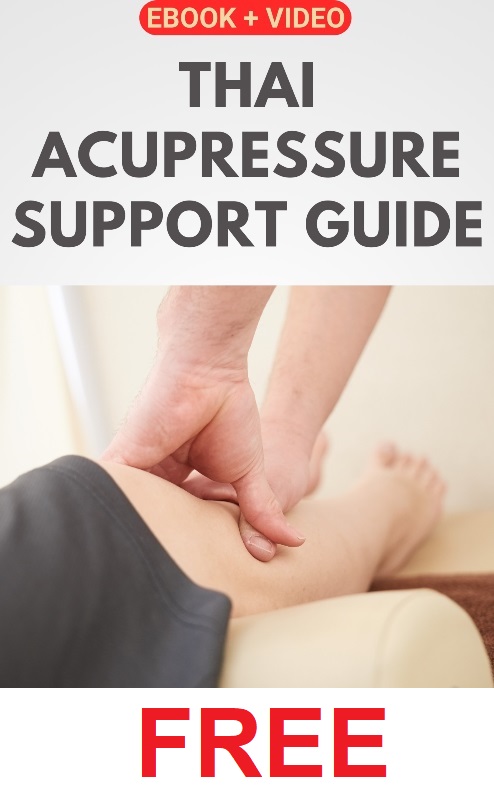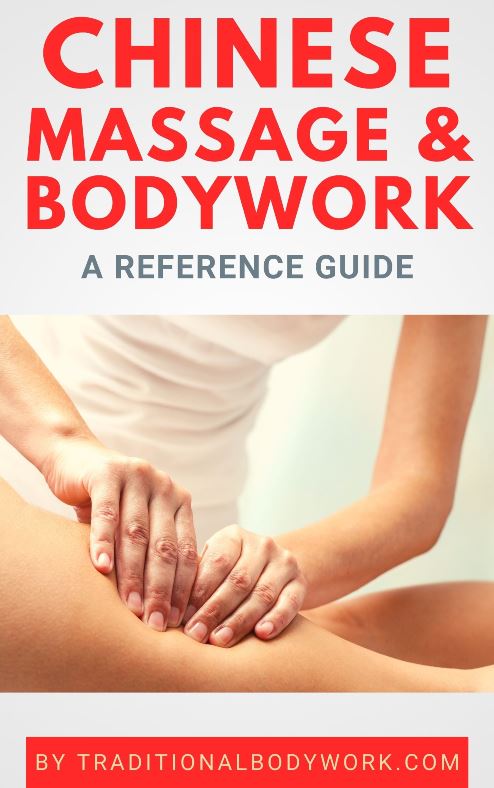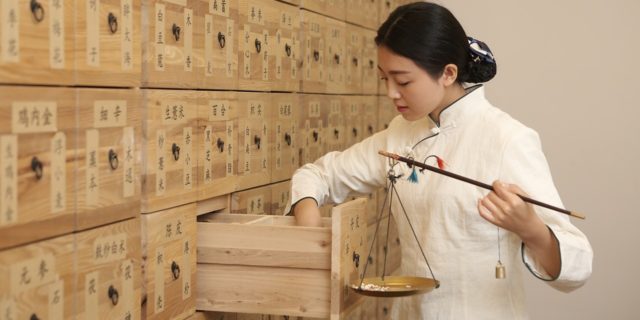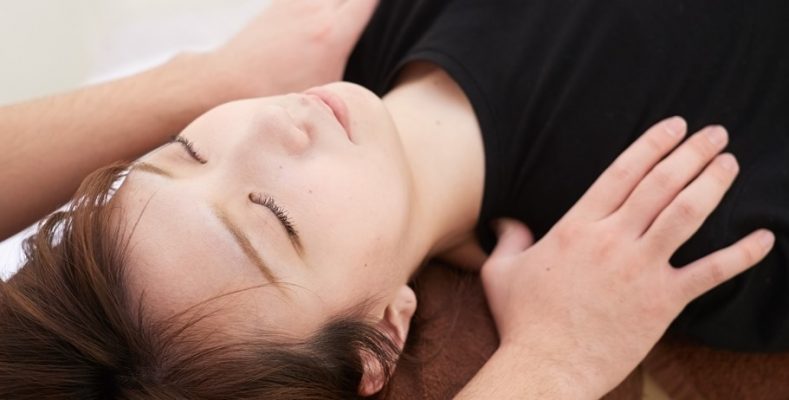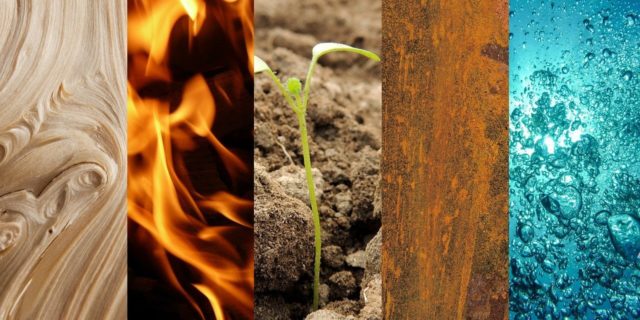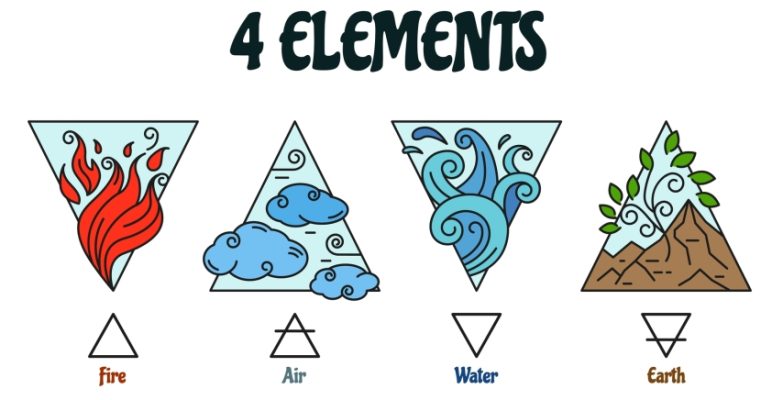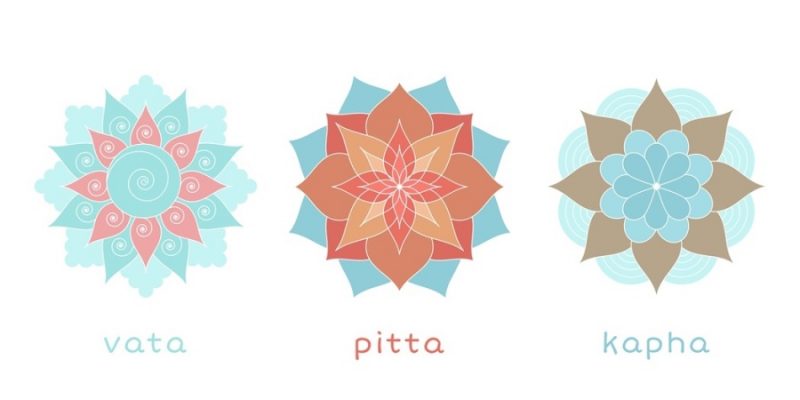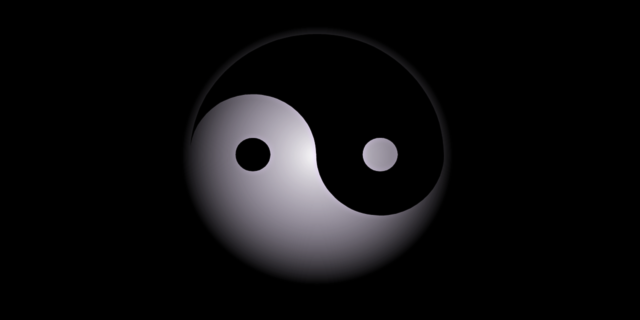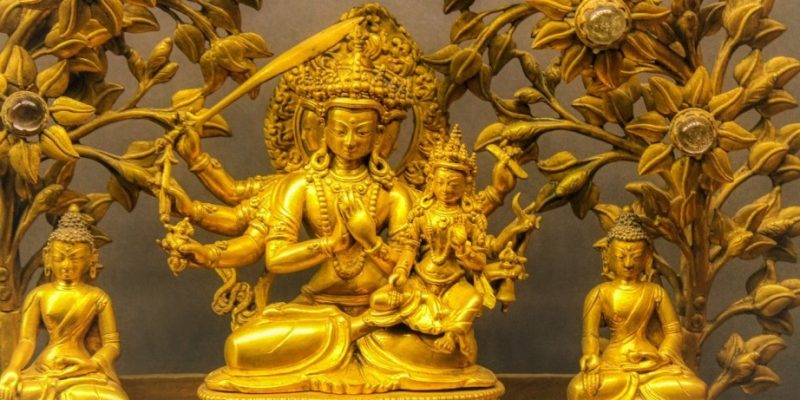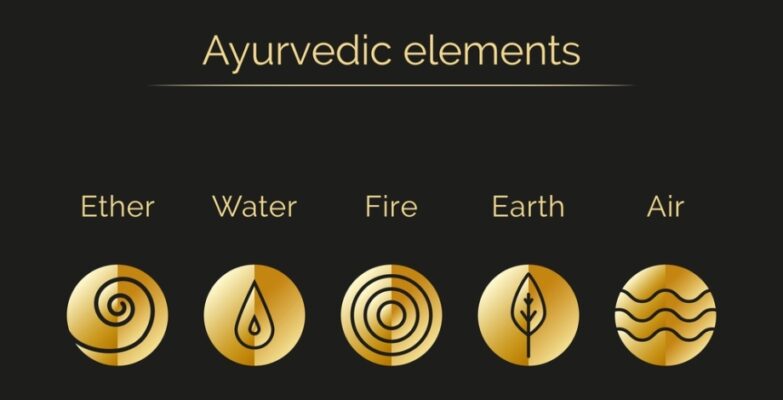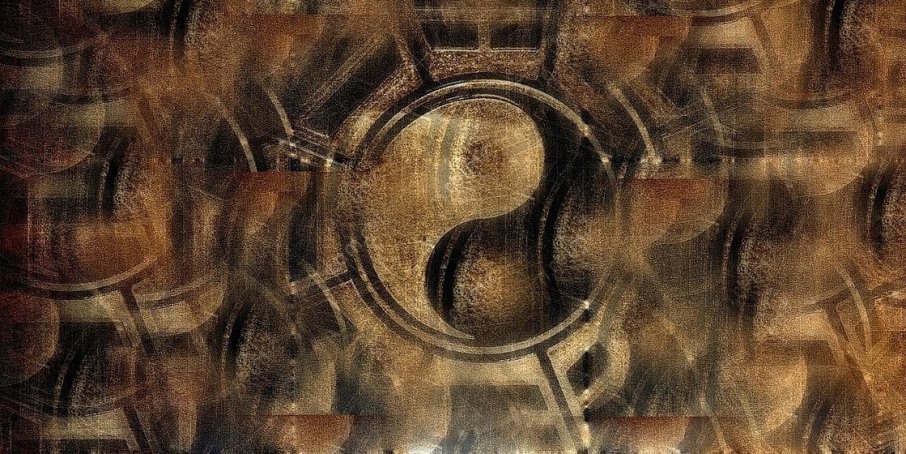
Although the diagnostic system of Kyo and Jitsu is attributed to Sensei Masunaga — the creator of Zen Shiatsu — it’s basically an implementation of the Traditional Chinese Medicine (TCM) concepts of Xu and Shi, which are again embedded in the more universal Chinese principles of Yin and Yang.
Kyo is a characteristic generally described as “deficiency,” “emptiness,” or “depletion,” and Jitsu is associated with “excess,” “fullness,” or “repletion.” Translated in terms of Ki Life Energy flow, too much Kyo would represent a sluggish or obstructed flow of Ki, which makes one’s body functions act too dull or in a deficient way, and too much Jitsu would represent a Ki flow that is too fast or agitated, which creates overactive bodily functions.
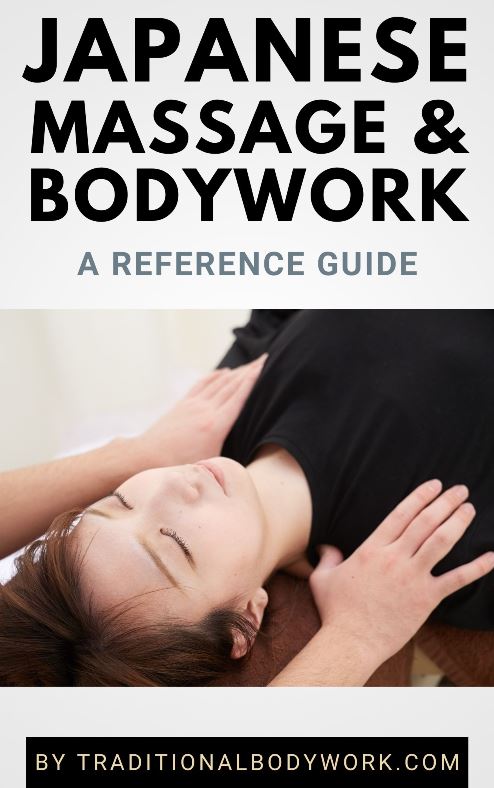
Nevertheless, it’s important to understand that Kyo and Jitsu always relate to each other, being interdependent elements and interconnected. That is, a Kyo deficiency in one part of the body (or mind) will typically correspond with a Jitsu excess somewhere else in the body (or mind). In that sense it’s a closed energetic system that always tries to reach a kind of homeostasis, meaning that Kyo and Jitsu will together form an equilibrium.
It’s the therapist’s task to treat the patient i.e. client in a way that aims at reaching the optimal i.e. healthiest possible balance between Kyo and Jitsu levels. In Zen Shiatsu therapy, there’s more emphasis on treating weak, dull, or structurally painful body parts, that is, Kyo deficiency areas, which are often regarded as the true causes of disease. It means that the therapist will rather try to stimulate and activate the depleted areas, instead of “relaxing” tensed, superficially painful, or stiff Jitsu excess areas.
Another idea behind treating Kyo deficiencies first, is that it would be generally safer for the receiver to first try to strengthen a weakness than to risk aggravating a Jitsu excess tension, which may result in more pains.
Moreover, by stimulating a weak Kyo area, we sometimes find that excess energy from a corresponding Jitsu area is automatically “drained away,” releasing tensions and pains in Jitsu affected body parts, and thus making this kind of approach a kind of “killing two birds with one stone.” It also results in fewer energetic and ergonomic struggles for both the practitioner and receiver, adding a minimalist Zen-touch to this type of therapeutic methodology.


